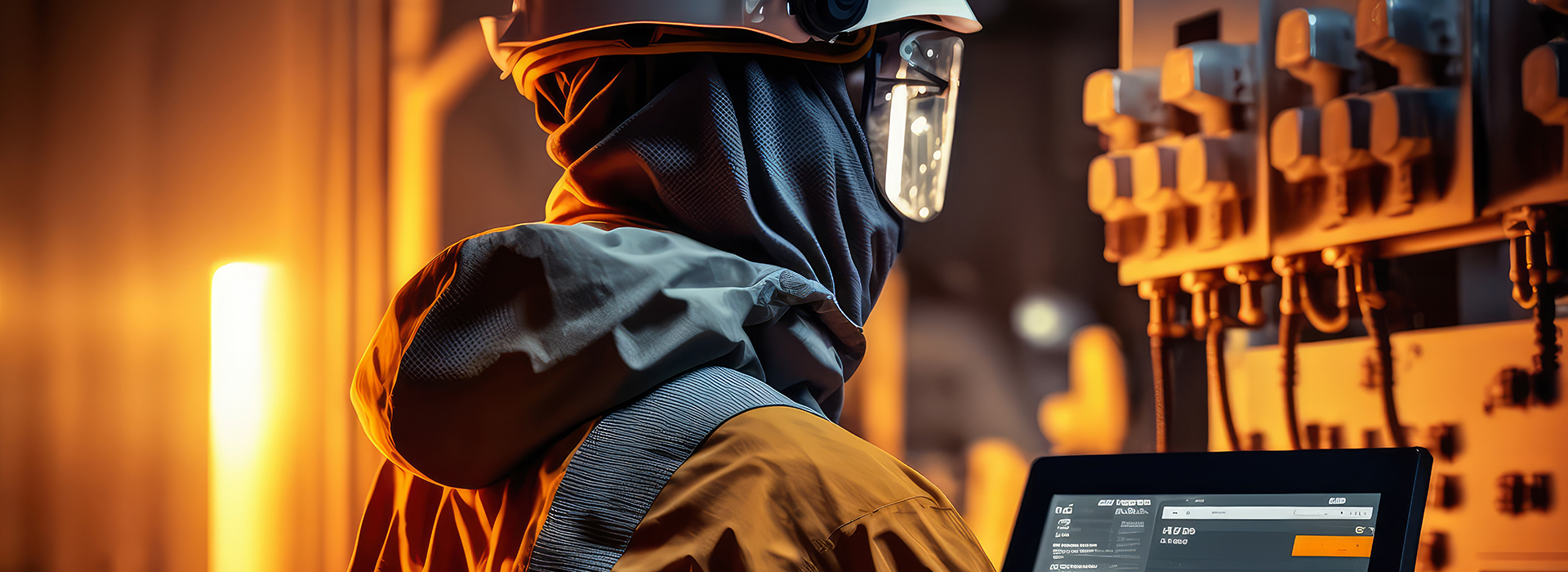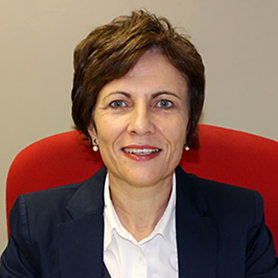Sugnet Dixon: Driving a zero-harm environment
With extensive experience at a global chemicals and energy company, as a young engineer Sugnet Dixon never envisaged a career in SHE. Here she explains her passion for driving a zero-harm environment and the sense of purpose that brings.


Sugnet Dixon
Senior Vice President Safety Health and Environment (SHE), Sasol
Q.
How did your career progression lead to a role in safety, and was this an area that was of personal interest to you?
I have been fortunate throughout my career at Sasol to have been exposed to various operations and technical roles, which gave me an excellent understanding of how to execute safety, health, and environment (SHE) activities, and an understanding of the barriers. In truth, I had never considered a career in safety, but as part of my career development and succession planning, I was offered the opportunity of a SHE role and I have always believed that you should grab opportunities that come your way, and that’s exactly what I did. More recently I have moved into the corporate side of SHE, tapping into thought leaders, and bringing the practices of operations from a SHE point of view. Whilst as a young engineer I never thought SHE would be my focus, I would say that it definitely brings a sense of purpose. In a big oil and gas company I am lucky that it’s easy to align values because ultimately our working environment has a higher risk profile. There is no question that safety is of paramount importance and there is a personal sense of achievement because I know I am making a difference.
Q.
When it comes to leadership and changing mindsets, what would you say is the most important leadership quality that drives the desired results, especially in what is potentially a hazardous working environment?
A good culture, and in the same breath safety culture and climate, is set by leadership, whereby what is accepted becomes the norm and the climate. I believe in a just culture, whereby everyone can openly raise issues and discuss barriers. By recognising behaviour from floor to boardroom that supports a safe climate and culture it will bring progress. It must be based on trust, which is so very important. Discipline and compliance should not be seen as a stick but are instead a natural response because of the strong belief that it will ensure safety operations and support a zero-harm environment. My career progression made me think differently in terms of compliance, it’s about making sure everyone is safe and that there is no harm to people or the planet. Once you have made the step you don’t see SHE as an add-on. I think the difficult part is balancing the difficult situations when you have to make the tough calls. There are some tough times, and you need to be able to say in a crisis that this is what will happen now and be able to execute those plans. It’s the balance between I’m telling you and I’m asking you. I’ve a strong belief that once you’ve asked someone for their opinion, they are part of the solution. The more you can engage people the better and then you don’t need the stick.
"My career progression made me think differently in terms of compliance, it’s about making sure everyone is safe and that there is no harm to people or the planet."
– Sugnet Dixon, Senior Vice President Safety Health and Environment (SHE), Sasol
Q.
Highly disruptive events such as the pandemic often result in new ways of working. What would you say were the key learnings and how did you manage psychosocial risks, such as mental health issues?
The risk profile of our organisation necessitates a lot of innovative thinking in order for practices to still remain in operation, even when there’s a disruptive event. For us, the focus during the pandemic was to prevent transmission of the virus whilst still maintaining operations. The pandemic united the larger organisation and functional support, and collaboration was high. It brought about fresh thinking of how to plan, coordinate and execute day-today work. Awareness of mental struggles is definitely much less of a hush hush thing, and we openly acknowledge that it’s ok to not feel ok. We intertwine it with safety in terms of psychological safety, so that people feel safe that you can speak up about anything. The pandemic was an excellent example of questions from an anxiety viewpoint, and how we react, engage, and monitor them. It gave us the experience that can now be used when have another disruptor.
Q.
How can safety programmes benefit from innovation and technological change? And what do you see as the challenges?
The practice of continuous improvement is extremely important but sometimes external factors are the initiator of innovation. The key is striking a balance between standardising practices to gain efficiency, and then deliberately upsetting the status quo with what can we improve. The 4th revolution shook us a bit, there’s an opportunity there that needs pursuing but for example, the age of some of our plants may prevent us getting there as quickly as we may like. We can start slowly, and I personally am curious about what AI will bring to the table, and whilst it may initially be disruptive, we need to take the positives from that. As I said previously, it’s all about embracing opportunities on both a personal level, and as a business.
"For me, OpEx and safety go hand-in-hand. Many years ago, a manager simply said to me that if you cannot do a job safely, then you cannot do the job at all."
– Sugnet Dixon, Senior Vice President Safety Health and Environment (SHE), Sasol
Q.
With your extensive experience in your industry, in what ways do you see operational excellence and sustainability help to create a safer business that is resilient and better positioned to withstand industry volatility?
For me, OpEx and safety go hand-in-hand. Many years ago, a manager simply said to me that if you cannot do a job safely, then you cannot do the job at all. That has stuck with me, and the reality is that if you have good OpEx it’s then very easy for a SHE practices to sit within this space. When it comes to risks, all risks need to be managed the same, it’s about understanding the potential event and what are the triggers and controls that could prevent it. If the potential risk becomes a reality, it’s then about mitigating the consequences. When it comes to sustainability, I split this into two categories – you have the future view about saving the planet and then the practices and procedures that you can amend and make so entrenched in the day-to-day so that it’s so out of the norm if it doesn’t happen. Being a good steward of your product is the front runner of where we are right now. This links with the overall management and messaging, specifically ESG which is a different way of saying where we are directing business strategy and our efforts for a greener future.
Q.
Based on your own experience, what would you say are the top three best practices when building a safety programme in your industry?
Firstly, it’s about seeing commitment from leadership and making sure SHE is not an add-on but is engrained within everyone’s day-to-day thinking and practice. Secondly, it’s about engaging people, because it’s not always that easy to bring along a whole team, but if you have clear lines of engagement, then a person is part of the solution and easier to drive the activities. It’s well known that engaged people give 100% and more, so the purpose needs to be so clear that everybody sees how it fits into the bigger picture. And then thirdly, I’d say event prevention. In the SHE world, this is ultimately what we come to work to do. For me, by having a long career with the same company, it’s clear they have invested in me, and I am proud to be able to be able to give something back that is so positive on every level.
"It’s well known that engaged people give 100% and more, so the purpose needs to be so clear that everybody sees how it fits into the bigger picture."
– Sugnet Dixon, Senior Vice President Safety Health and Environment (SHE), Sasol